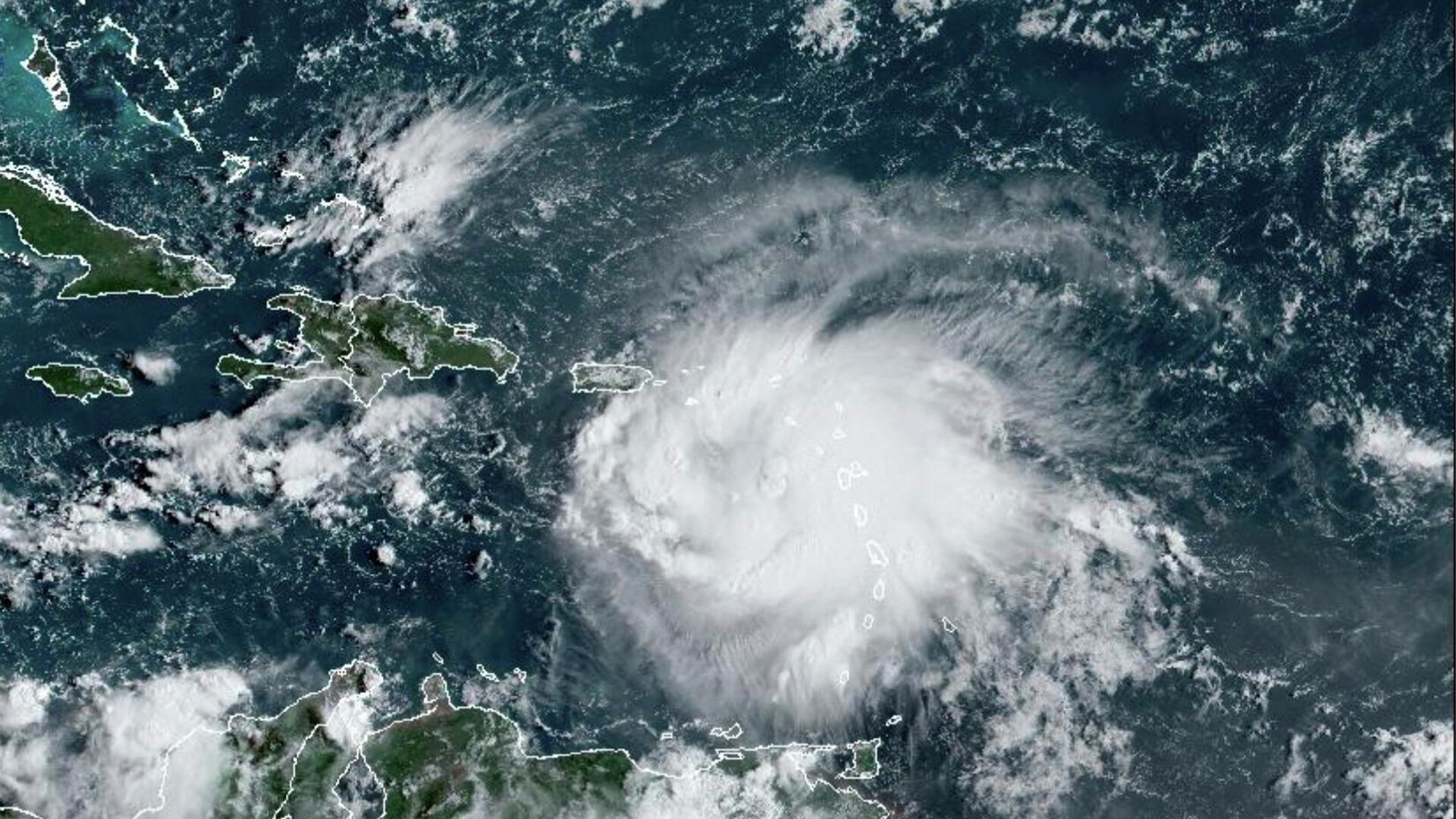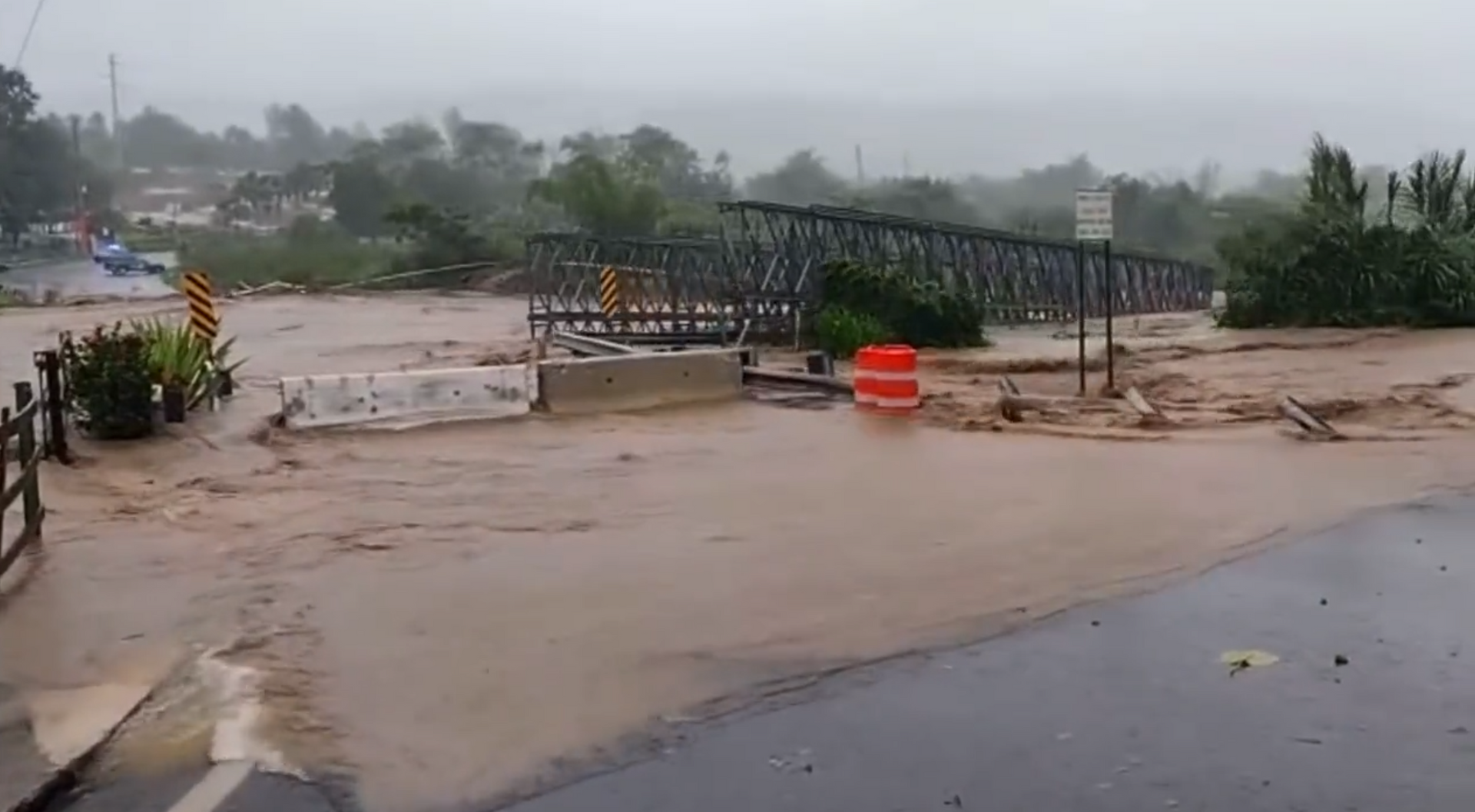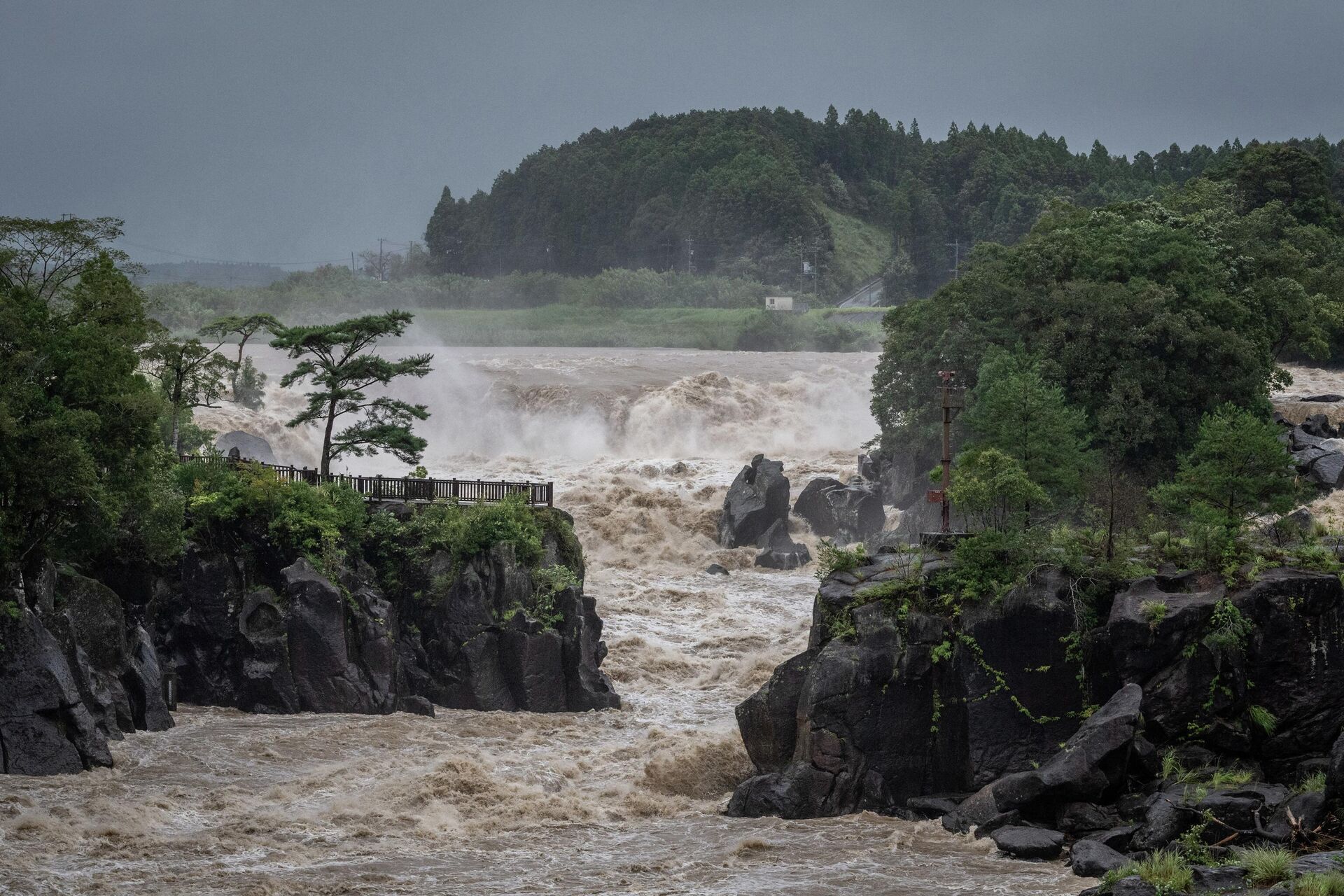Powerful Tropical Cyclones Fiona, Nanmadol Devastate Puerto Rico, Japan Simultaneously
23:23 GMT 19.09.2022 (Updated: 12:14 GMT 06.04.2023)

© AP Photo / NOAA
Subscribe
Meteorologists have warned that global warming is making tropical cyclones stronger, since they are driven by warm, moist air found over bodies of water. In addition, warmer air can hold more moisture, which means stronger storms and heavier rains.
Hurricane Fiona hit the US-controlled island of Puerto Rico with a broadside of powerful storms on Sunday, resulting in the collapse of the island’s fragile electrical grid, plunging it into total darkness just as nearly 18 inches of rain was falling.
More than 1,000 people have required rescue since the storm hit on Sunday, and flooding from seas swollen by storm surge and rivers and streams overloaded with rainfall have devastated the island. Bridges have been swept away by floodwaters and roads erased by landslides.
In some places, more than 30 inches (76 centimeters) of rain have fallen in just a couple of hours. Although Fiona’s eye passed just west of the island, nearly all of its thunderstorms were being “dragged” behind it, to the eye’s east, meaning the brunt of the storm swept across Puerto Rico from the south.

Image captures moment in which a bridge was swept away by rising water levels in Puerto Rico after Hurricane Fiona's Sunday landfall.
Puerto Rico’s already-fragile grid was totally destroyed in 2017 when Hurricane Maria, a Category 5 hurricane and one of the most powerful storms ever recorded in the Atlantic Ocean, passed directly over the island. At least 3,000 people were killed in Puerto Rico alone by Maria. The rebuilding effort was ham-fisted and inadequate, leaving the island vulnerable to a storm like Fiona, a comparatively weaker Category 1 storm.
On Monday, 1.3 million Puerto Ricans remained without power. Authorities had not reported any deaths yet, but Governor Pedro Pierluisi described the damage as “catastrophic.”
“In many areas that had never seen flooding, there has been an unprecedented accumulation of water. In fact, in many areas it was greater than what we saw during Hurricane Maria,” he said.
Typhoon Nanmadol Strikes Southern Japan
While Puerto Rico was being pummeled by Hurricane Fiona, 8,800 miles away in southern Japan, the island of Kyushu was bracing for impact from “super-Typhoon” Nanmadol.
The powerful storm was equivalent in strength to a Category 4 hurricane in the Atlantic, with maximum sustained winds of 150 miles per hour. Its eye wall, where the strongest storms are located, hit the port city of Kagoshima. It is the fourth-strongest storm to ever make landfall in Japan.
Like Puerto Rico, Kyushu was bombarded by rain ahead of the storm’s landfall, with nearly 20 inches of rain falling in less than 24 hours. When it landed on Sunday evening, 9 million people had evacuated their homes, and 200,000 of those homes were left without power.
Mountainous like Puerto Rico, Kyushu’s residents were warned of the high probability of mudslides amid the heavy rains and flooding. To make matters worse, landfall came just hours after nearby Taiwan was wracked by a powerful 7.2-magnitude earthquake, triggering tsunami warnings across the region.
At least two people have been killed by the storm in Japan.


